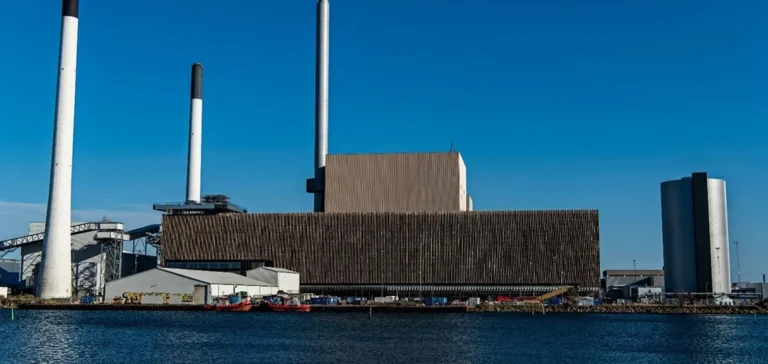Elimini, a carbon removal specialist, has signed a joint development agreement with the public utility HOFOR to study the implementation of a bioenergy with carbon capture and storage (BECCS) facility at the Amagerværket site in Copenhagen. The objective of this partnership is the conversion of the AMV4 unit to capture biogenic carbon dioxide generated from electricity and heat production, while generating verified and certified carbon credits.
A key site for biogenic carbon valorisation
The Amagerværket site produces 9,900 terajoules of heat annually, which accounts for 25% of Copenhagen’s district heating, thanks to a certified biomass supply chain. It also provides 670 gigawatt hours of renewable electricity each year and is one of Denmark’s largest point sources of biogenic CO₂. The project aims to remove several hundred thousand tonnes of carbon dioxide from the industrial process each year, thus supporting Copenhagen’s carbon neutrality strategy by 2035.
Structuring financial and institutional support
This project is among ten selected to benefit from the support mechanism set up by the Danish Energy Agency, which launched a USD 4.2 billion fund to support, over a fifteen-year period, the carbon capture, transport and geological storage sector. This institutional approach aims to embed BECCS within the national emissions reduction strategy and stimulate the industrial ecosystem related to carbon capture.
As part of this collaboration, Elimini is responsible for the technical development and valorisation of the carbon credits associated with the project. Once the evaluation phase is complete, and subject to agreement between both parties, a joint venture may be established to operate the facility.
Structuring the carbon credit market
A separate agreement provides that Elimini will be responsible for the commercialisation of carbon credits generated by the Amagerværket BECCS facility. According to Ross McKenzie, Chief Strategy Officer at Elimini, this partnership enables the development of an unprecedented large-scale biogenic carbon capture model. Gorm Elikofer, Chief Operating Officer at HOFOR, believes that the agreement will lay the technical and commercial foundations for strengthening the carbon capture sector in Copenhagen.






















